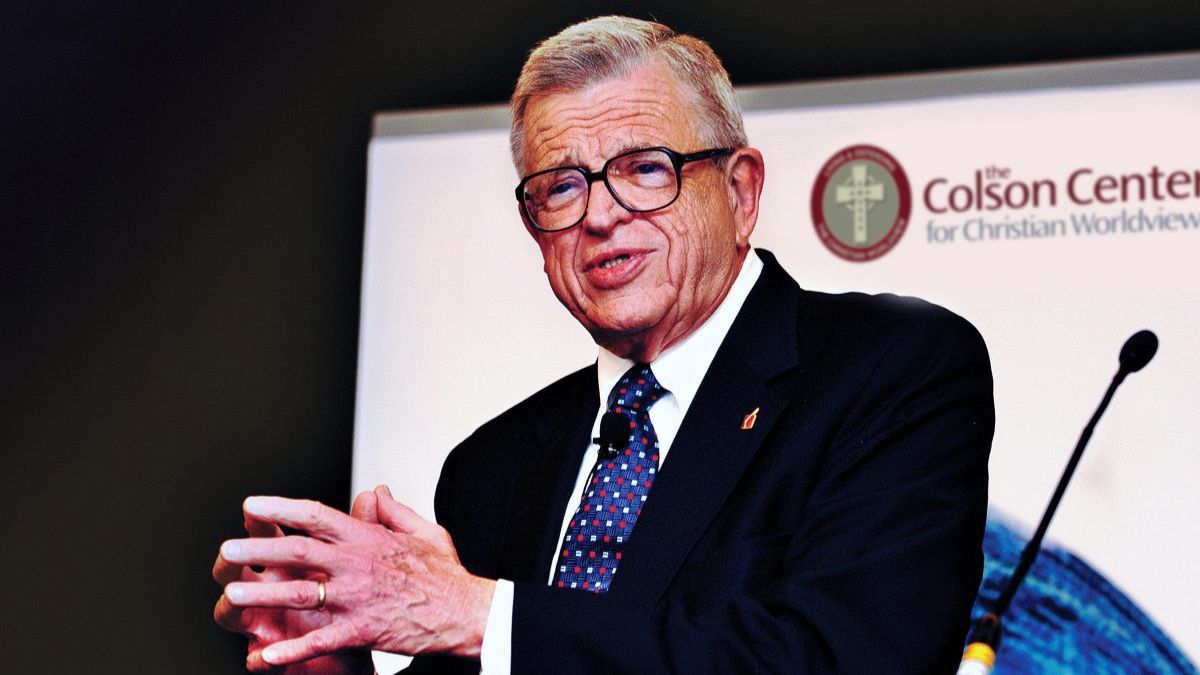


The latest issue of the New York Times Magazine ran one of the saddest stories I’ve ever read. It’s about the phenomenon the Japanese call Hikikomori, “a psychological condition which makes people shut themselves off from society, often staying in their houses for months on end.” Or, as in the case of primary subject of the Times’ piece, in his tiny bedroom.
By some estimates, as many as 500,000 people in Japan are afflicted by Hikikomori. And, while it used to be thought as a young person’s affliction, “sufferers are getting older and staying locked away for longer.” So much so that, as the Times tells readers “an industry has sprung up around it.”
My first reaction besides “Unreal!” was to file it in my “only in Japan” mental file, along with eating at Kentucky Fried Chicken at Christmas, or, on a more somber note, the 4,000 elderly people who die alone each week, which has also caused an industry to spring up around it: companies that clean up apartments after the decaying remains of the deceased are discovered.
My second thought was to ask the question “What if?” In a bit of “The Man in the High Castle”-type of alternative history, I wondered what would have happened if Japanese Christianity hadn’t been all-but-eradicated in the seventeenth century.
Christianity was brought to Japan by Jesuit, and later Franciscan, missionaries from Portugal in 1549. As historian Philip Jenkins has written “By 1582, Japan had perhaps 200,000 Christians and 250 churches, an amazing growth in such a short time. At the height of Catholic power, around 1610, the Japanese church had at least 300,000 followers, concentrated in southern Japan, especially in Kyushu, in Omura and Nagasaki.”
As anyone who has read or watched “Shogun” knows, among the converts were Japanese noblemen known as Daimyo. One non-converted Daimyo was Tokugawa Ieyasu, the historical inspiration for Lord Lord Toranaga in Clavell’s opus.
To make a long story short, Tokugawa distrusted both the missionaries and their converts. He and others feared that they were the tip of a spear aimed at Japan’s territorial integrity and sovereignty.
These fears mattered because after even before assuming power in 1603, he and his allies set out to eradicate “any movement that threatened to fracture Japanese unity, especially if that meant drawing in foreign imperialism.” At the top of the list were Japanese Christians.
What followed was a brutal — if you have seen or read “Silence” you have a feel just how brutal it was — campaign to destroy Japanese Christianity. By the mid-seventeenth century, Christianity had been driven completely underground. By way of making sure that “While the sun warms the earth, let no Christian be so bold as to enter into Japan,” Portuguese traders were expelled and replaced by the Dutch ones who not only agreed to keep their religion and their business interest totally separate, but also lent the Shogunate a hand in repressing the Christian locals.
I couldn’t help but wonder what Japanese history would have looked like if Japanese Christianity had not been so brutally repressed four hundred years ago. Would Christianity have leavened Japanese culture in ways that ameliorated its brutality, especially towards those regarded as its inferiors? Would Japanese militarism been as, well, militant?
Would adult diapers still outsell children’s ones? Would Japanese young people still be increasingly uninterested in sex? Would 4,000 elderly Japanese die alone every week? And would my spell-checker still recognize the word Hikikomori?
Obviously, I don’t know the answer to these questions. But I can’t help but imagine an alternate universe where Japanese history took a different turn. Especially because, in this universe, the story of Japan is getting bleaker by the day.
Have a Follow-up Question?
Want to dig deeper?
If you want to challenge yourself as many others have done, sign up below.














